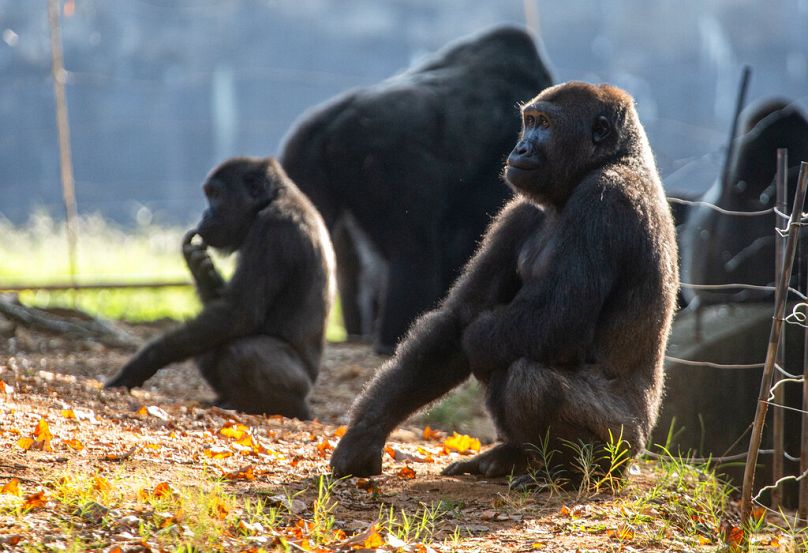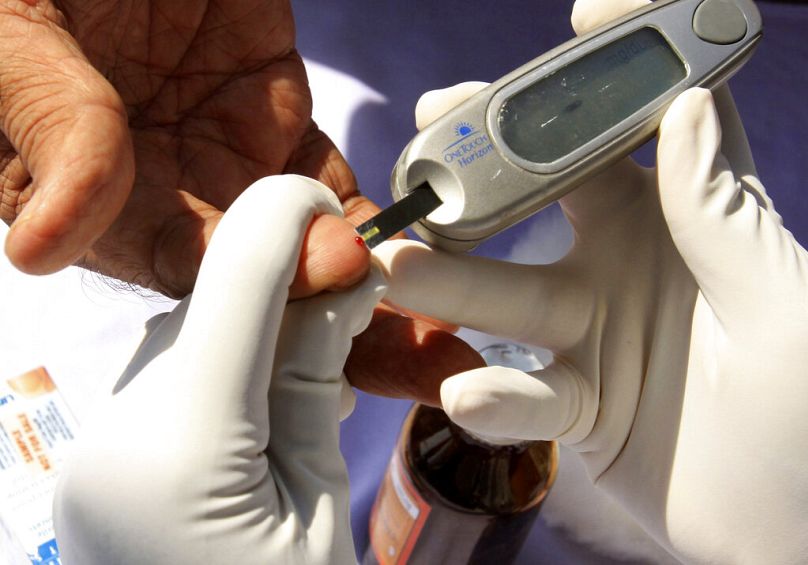This World Diabetes Day, it’s high time all experiments on animals used to study the condition were replaced with humane, human-relevant research, Dr Julia Baines writes.
Ask any caring person whether they support experiments on animals when effective, humane options exist, and they will likely say no.
So why are animals still being used in experiments to study diabetes? Cruelty-free options using human cells, mechanical devices, and computer models are available, but experimenters are still subjecting animals to horrendous cruelty.
The answer is simple: they continue to do so out of habit.
Animals have been used and abused in experiments for so long that many scientists turn to them automatically, seeing them as just another piece of laboratory equipment.
In 2022, more than 2.76 million experiments were carried out on animals in Great Britain alone, including on thousands of dogs, horses, rabbits, and guinea pigs as well as pigs, primates, and other species.
But today, we know it’s unconscionable to treat living, feeling beings in this way. Just like humans, other animals feel pain and fear. And crucially, there are significant biological differences between species, especially when it comes to diabetes.
Subjecting gentle animals to cruelty won't yield results
Diabetes is a key area explored by PETA scientists, who have developed the Research Modernisation Deal, a detailed strategy for ending experiments on animals, including immediately ending some uses and phasing out others.
They recommend the immediate end of experiments on animals for diabetes in favour of the many humane options available.
There is no reason on Earth why gentle animals should be subjected to cruelty in the name of diabetes research and every reason not to: experiments on animals are not only invasive and cruel, they are bad science.
They can actually delay the search for a cure, as funding is diverted away from human-relevant tests that could actually help people.
It has been estimated that a “novel drug can take 10 to 15 years and more than $2 billion (€1.87 billion) to develop, and failure rates occur in about 95% of human studies”.
Pointless, brutal and old-fashioned
Clearly, there is a problem with the current paradigm for developing and testing drugs and getting them to market, and experimenting on animals has been identified as one of the contributing factors.
Major breakthroughs in treating diseases such as diabetes and breast cancer can be achieved by shifting away from pointless, cruel, and old-fashioned experiments on other species and towards human-relevant research.
Some drugs that work in other species actually harm humans, and vice versa. Between 1984 and 2014, more than 50 academic papers about type 2 diabetes were published per month based on laboratory tests on rodents.
These tests told scientists a lot about rodents but did not predict that thiazolidinedione drugs would be harmful to humans, increasing their risk of cardiovascular death by 64%.
Animal tests predict the outcome in that animal. Rodents differ from humans in how they process glucose, from the level of nucleic acids to differences in proteins, pathways, cells, tissues, and organs.
A wealth of alternatives
So what is the alternative? There is a wealth of cruelty-free, human-relevant options for diabetes research, including human imaging, in vitro technology, human-induced stem cells, three-dimensional cell cultures, the use of human organs and post-mortem human tissue, non-invasive human imaging, epidemiological and human genetic studies, and advanced computer models.
Scientists at Glasgow Caledonian University used human cells from a tissue bank to generate wound-healing models for diabetic patients who have difficulty with wound healing and controlling skin infections.
And the US Food and Drug Administration has approved a closed-loop insulin pump developed using computer modelling instead of animal testing.
Whereas millions of euros have been wasted torturing primates in HIV/AIDS vaccine research, human trials rapidly led to vaccines for COVID-19. This experience showed how human-relevant testing can yield fast, effective results.
It’s human biology that’s needed to find cures and better treatments for diabetes, and the sooner funding is shifted to supporting innovation in these areas, away from propping up the outdated habit of experimenting on animals, the sooner we will find them.
Dr Julia Baines serves as senior science policy manager at PETA.
At Euronews, we believe all views matter. Contact us at view@euronews.com to send pitches or submissions and be part of the conversation.













